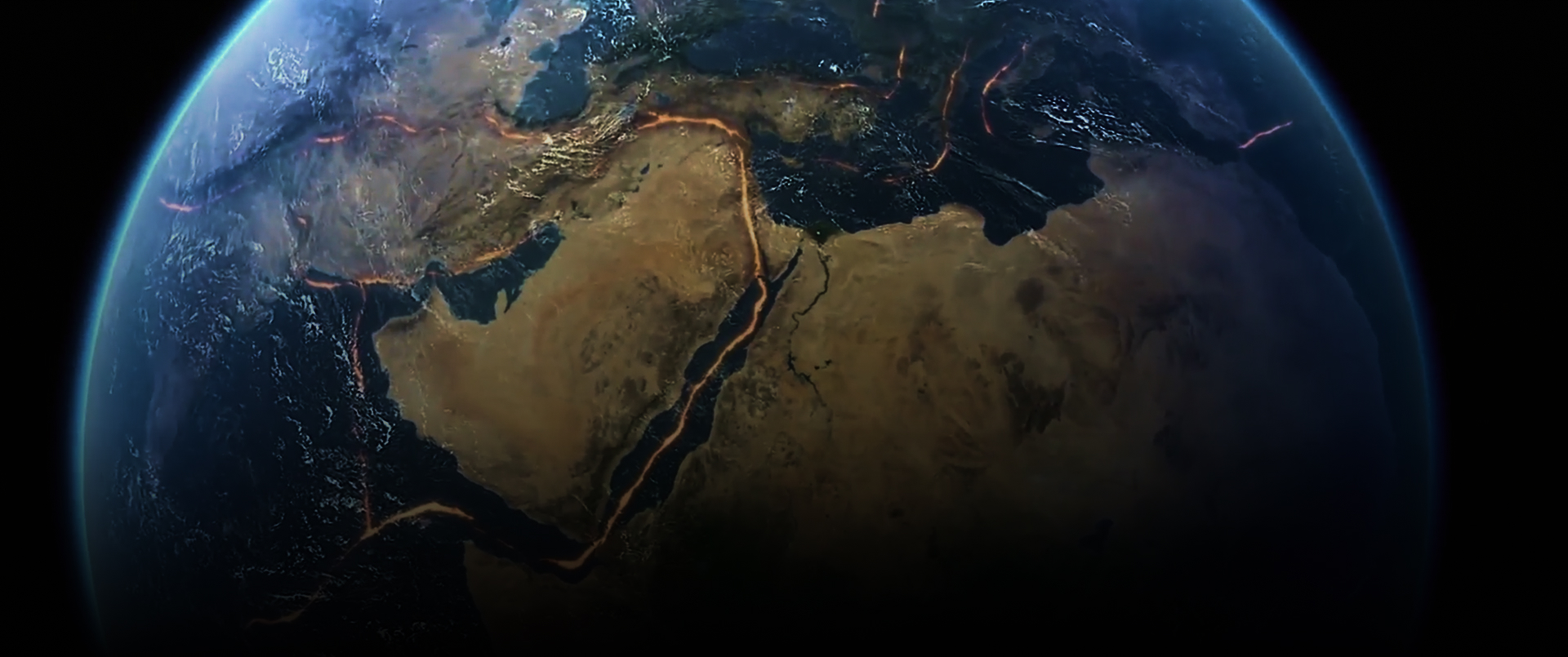
In recent years, the scientific community’s interest about the possible existence of signatures anticipating earthquakes (EQs) has increased
This interest is linked to possible Lithosphere-Atmosphere-Ionosphere coupling phenomena (LAIC), which refers to the complex interactions and exchanges of energy and matter between the Earth’s solid crust (lithosphere), the gaseous envelope surrounding the Earth (atmosphere), and the upper part of the atmosphere ionized by the solar radiation (ionosphere). Different theories and hypotheses have been put forward to describe the interactions among the Earth’s crust, the atmosphere, and the ionosphere.
One theory posited that radon surface emissions near the earthquake’s epicenter (EE) could modify atmospheric conductivity. This modifcation might lead to changes in the atmospheric electric field, which would, in turn, modify the ionospheric plasma density profile.
Another theory proposed that electrostatic effects originating in the Earth’s crust could expande to the lower atmosphere, influencing the ionization state of the ionosphere. In 2020, the Limadou Collaboration developed an analytical LAIC model tested using CSES-01 satellite data together with other space-based and ground-based data and tools.
The Magnetosphere-Ionosphere-Lithosphere Coupling (MILC) model, is based on a series of analytic equations, starting from the boundary conditions of the earthquake fault and predicting the characteristics of the disturbances which are observable at the satellite altitude.
The model has been successful both at describing the signals expected at satellite level for earthquakes of magnitude larger than 5 and at explaining why, in certain cases, the atmospheric wave perturbation (Acoustic Gravity Wave – AGW) injected by the earthquake, is not able to detach from ground and propagate through the atmosphere up to the ionosphere.
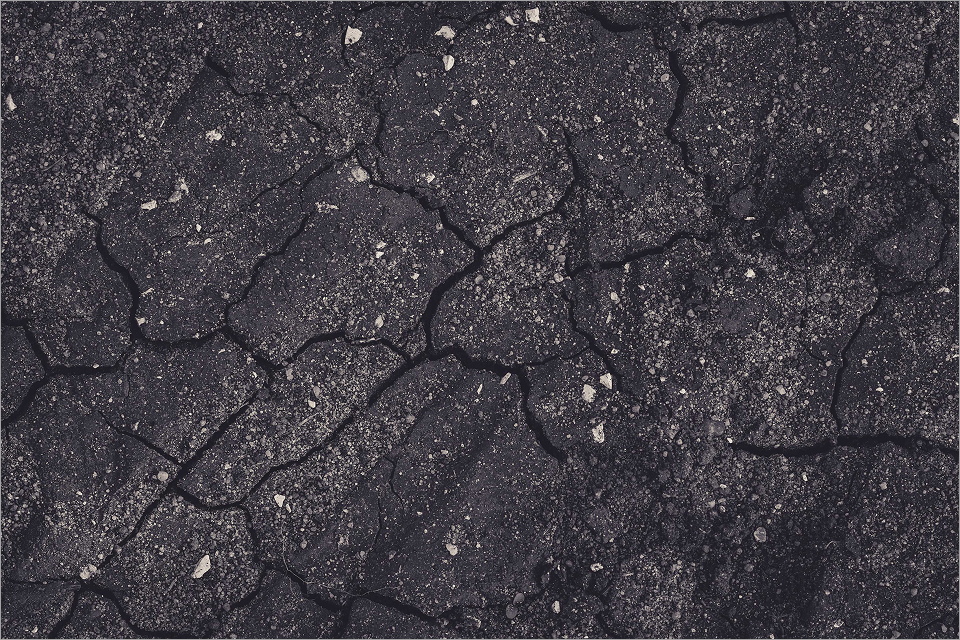
The research for earthquake precursors is set to progress with the CSES satellite constellation, thanks to its extended data acquisition period. CSES-01 data have already made an important contribution from the point of view of the collected statistics.
The extension of the CSES constellation will increase the statistics and the accuracy of masured ionospheric variations enhancing the sensitivity to possible precursor phenomena.
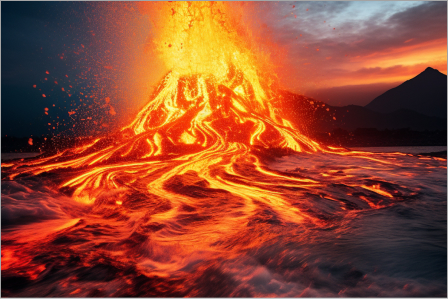
Artistic impression of a volcanic eruption
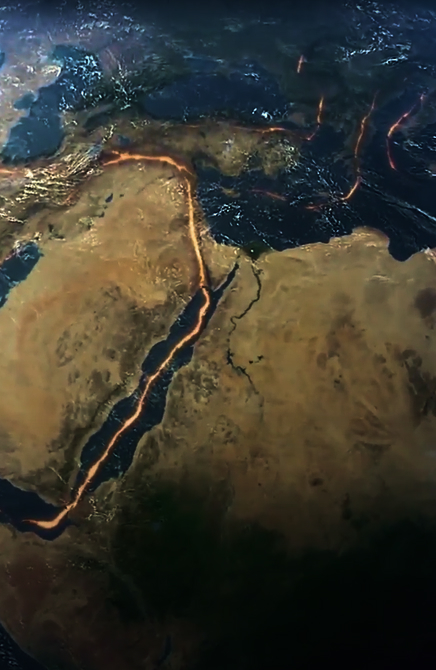
The study of earthquakes from space is an intriguing field that utilizes cutting-edge technology to...
Read more
The near-Earth environment (NEE) is a dynamic region influenced by space weather, which includes solar...
Read more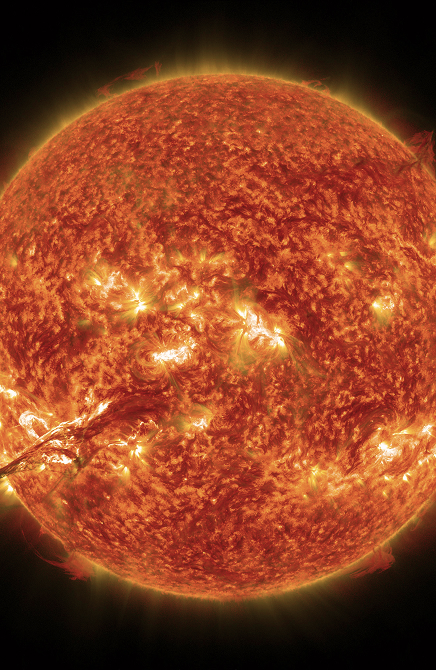
Space Weather refers to the environmental conditions in space as influenced by the Sun and...
Read more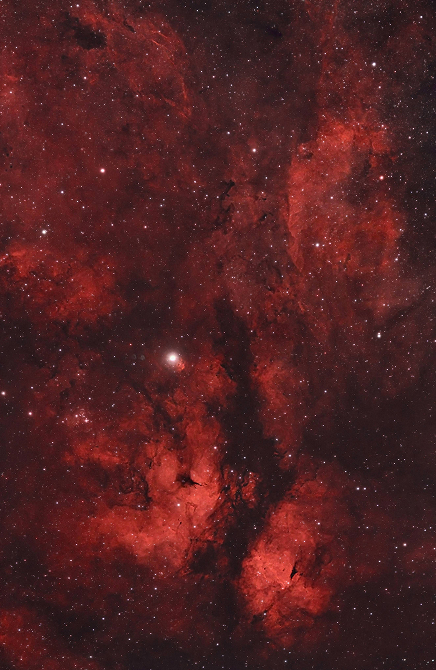
Galactic cosmic rays (GCRs) are high-energy particles that originate outside the solar system and travel...
Read more